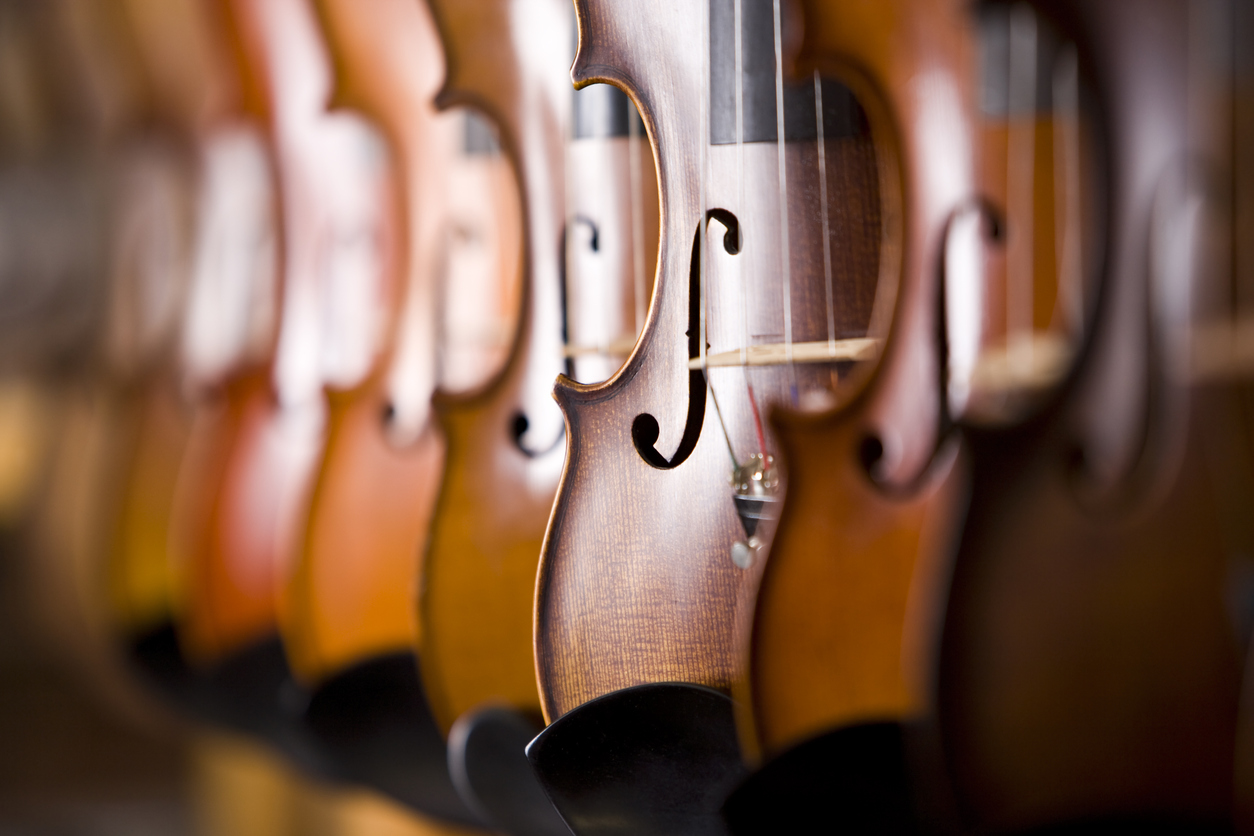Information for musicians
The provisions of legislation on the protection of cultural property may be particularly relevant to musicians or institutions that own musical instruments in scenarios where they wish to export these instruments.
Musical instruments
Musicians or institutions that own musical instruments may need to apply for export licences for their instruments in connection with a concert tour abroad. The first factor to be considered in such cases is the destination of the tour:
- If the country or countries of destination include non-EU countries, an application must be submitted for an export licence if the instrument is more than 50 years old and has a value of at least EUR 50,000 (category A.15 of the Annex to Regulation (EC) No 116/2009).
- If the tour is to take place within the EU, an application must be submitted if the instrument is more than 100 years old and has a value of at least EUR 100,000 (Section 24 (1) (2) and Section 24 (2) of the German Act on the Protection of Cultural Property (Kulturgutschutzgesetz, KGSG)).
Conventional instruments are very unlikely to reach these thresholds, but the regulations may apply to old and very valuable instruments – even those that cannot compete with masterpieces such as violins crafted by Antonio Stradivari or Giuseppe Guarneri, which currently go for prices in the two-digit million range.
Option of a specific open licence
If a musical instrument meets the above requirements and thus requires a licence prior to its export out of Germany, Section 26 KGSG states that a “specific open licence” may be granted for the instrument with a view to streamlining export procedures.
A licence of this kind makes it possible to export a specific musical instrument out of Germany on an unlimited number of occasions during a period of up to five years. This significantly reduces the administrative burden on musicians or institutions that own musical instruments for which an export licence is required, since applications for “specific open licences” need be submitted only once every five years.
“Specific open licences” are issued only if the applicant offers an assurance that the instrument will be re-imported in an undamaged condition within the relevant deadline.
Irrespective of the requirements that apply under the legislation on the protection of cultural property, exports of musical instruments may be subject to requirements under the legislation on nature and species conservation, for example if the instruments are made from protected species of wood or contain materials of animal origin such as skins, hides or ivory.
Relevant information on the export regulations that apply to musical instruments under the legislation on the protection of cultural property and supplementary information on the requirements that apply under customs law and the legislation on species conservation has been compiled in our leaflet for musicians (see below).
Original scores
Under certain circumstances, an export licence may also be required for old handwritten original scores or special first editions of scores. As a general rule, however, these scores are held by institutions responsible for preserving cultural property, such as libraries and archives. As in the case of musical instruments, a distinction must be made between the following situations:
- If original scores are to be exported to non-EU countries, an export licence must be applied for if the score is more than 50 years old (category A.9 of the Annex to Regulation (EC) No 116/2009).
- If original scores are to be exported to an EU Member State for the purpose of a concert performance, the reference values pursuant to Section 24 (2) KGSG are 75 years and a minimum value of EUR 50,000.
It goes without saying that there is no requirement to obtain an export licence for printed scores or reproductions.


